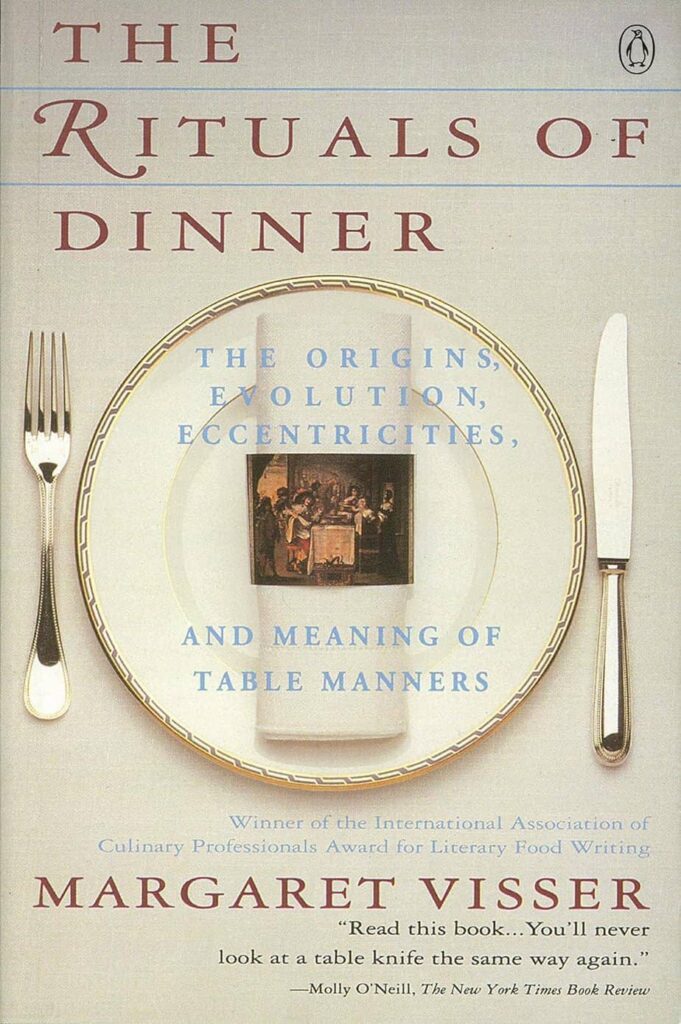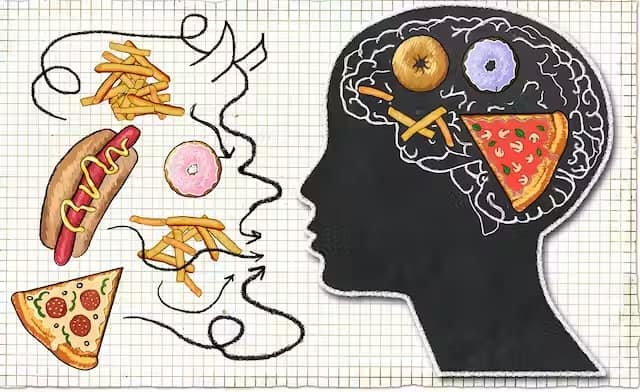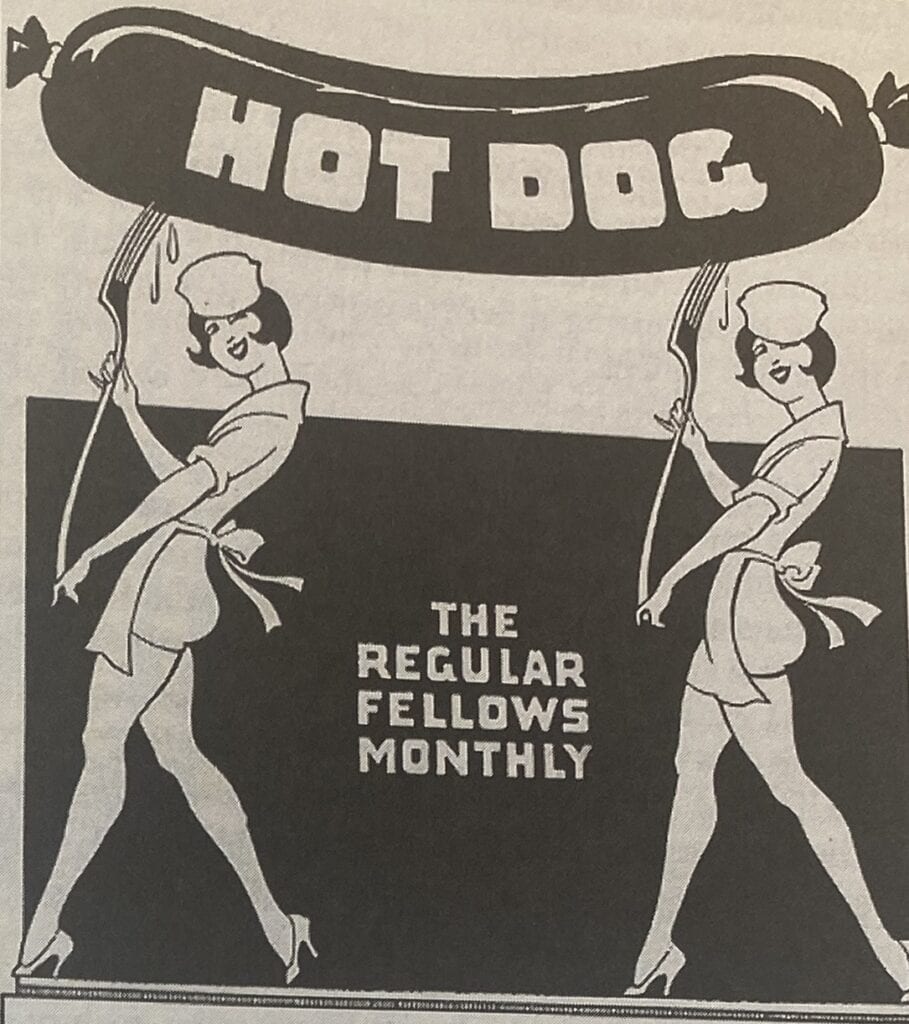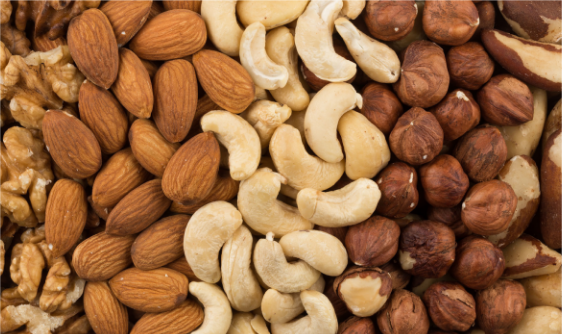Your cart is currently empty!
The History Of Food And Sexuality
Food and sex are inextricably linked. Feeding ensures the survival of the individual, while sexual activity ensures the species’ survival. Beyond biology, making love and eating share psychological attributes as two of life’s greatest pleasures. Both can provide a sense of nurturing, comfort, being loved, and instant gratification. Paradoxically, the two drives can also be the source of much psychological conflict, guilt, and shame. This can be how the history of food and sexuality can most be similar. They generate anxiety in many cultures. These are traits we share in common with animals.
Speaking Of Food And Sex
The language we use to describe sex and food is very similar. In The Rituals of Dinner, food anthropologist Margaret Visser describes a meal as a ritual in which “desires are aroused and fulfilled.” We speak of fat, in particular. with sexual connotation words like “juicy,” “tender,” “satisfying,” “greasy,” “soft,” and “great mouth-feel.” The semantic commonality and double entendres are even more pronounced in popular culture. For example, a T-shirt sold in New Orleans displays a picture of a Louisiana oyster with the words “Eat me raw.” The pages of women’s magazines are largely filled with articles on food or sexuality. A typical headline reading “The Next Best Thing to Sex is . . .Chocolate.” Advertising plays on sensuality in promoting the acquisition of food products. Häagen-Dazs premier ice cream, for example, has run a campaign based on the tagline “Too much pleasure?”
Best-sellers using food as a theme, including such sensual novels as Chocolat by Joanne Harris and The Mistress of Spices by Chitra Banerjee Divakaruni. Furthermore, memoirs with erotic elements, such as Aphrodite: A Memoir of the Senses by Isabel Allende and Comfort Me With Apples by Ruth Reichl. These are self-help books about sex for top billing. In 1972, physician and sex expert Alex Comfort published his classic sex manual The Joy of Sex, a play on the title of the classic cookbook The Joy of Cooking. His approach of prescribing “recipes” for good sex was criticized.

Life’s Greatest Pleasures or Pain?
Sigmund Freud blamed sexuality and the need to master and socialize sexual impulses as the root cause of psychological angst. These feelings, he reported, began at birth. He described the sexual response in nursing infants, tracing the arc of sexual arousal and fulfillment, flushing of the skin, and sleep following the satisfaction of feeding. More recently, food psychologist Paul Rozin of the University of Pennsylvania theorized in Social Research that Freud would have had a stronger case for making eating the culprit in the clash between biology and society. The feeding drive, he argued, is more frequent, urgent, and crucial to everyday life and human evolution than sexuality.
A love affair that ends can provoke great pain. Similarly, in some cultures, eating too much and gaining weight can undermine self-worth and compromise chances of finding a sexual partner. Much overeating is conducted in secret, just as sex often takes place behind closed doors. It is interesting that some people, not necessarily overeaters, suffer from a social phobia in which there is a fear of being watched or humiliated while eating a meal. This phobia provokes such overwhelming anxiety that it is impossible to enjoy the pleasure of going to a restaurant.
Over the entire history of food and sexuality, there has always been an association with physical as well as psychological danger. Namely, the morbidity and mortality consequences of obesity, food-borne illnesses, and bioterrorism, as well as the risk of contracting sexually transmitted diseases (STDs) and autoimmune deficiency syndrome (AIDS). Regarding the oldest reference to food as dangerous, it would be Adam and Eve in the Garden.

Sexual and Feeding Appetite
To some extent, appetite for both sex and food increases with variety. Some fad diets succeed temporarily because they reduce the number of permitted foods, a restriction that presumably suppresses appetite. It is interesting to note that as the variety and availability of foods, particularly imports, has increased in the United States over the past one hundred years, so has obesity. Among males, at least, a new or novel sexual partner can stimulate a sexually spent male to copulate again. According to the Human Behavior and Evolution Society newsletter, this novelty effect, also known as the Coolidge effect, is not true for females. Sexual appetite may be suppressed in a long-term monogamous relationship with a familiar partner.
The History Of Food And Sexuality Across Cultures
Anthropologists have long studied how sex and food intersect in less developed cultures. Among the Langkawai, a Malay island culture, kinship is defined by “incorporation,” the process of neutralizing differences between people by taking in (“incorporating”) some of their “foreign” substance, food, or sexual fluids through the rituals of feasting and marriage. Both acts convert the Other, someone unrelated in this case, into kin and, therefore, non-threatening. In the Hua society of New Guinea, there is an implicit association between feeding and sexual intercourse in which one partner “feeds” the other. Both acts are believed to achieve the transfer of nu, the vital essence.
Food Sharing: Key to Intimacy
Sharing food is a way of establishing closeness. There are profound differences among cultures in this practice. Research has focused on heterosexuals, but there is no reason to think that the same principles would not apply to homosexual couples. In France, the sharing of restaurant food between a man and a woman takes on a sexualized characteristic. Eating out of each other’s plates is a common flirtatious practice. In this playful exchange, each partner may be testing how far the other is willing to go toward greater sexual intimacy.
Research conducted by Miller, Rozin, and Fiske has found that, in the United States, at least, college students perceive variations in food sharing as revealing the level of intimacy. The students viewed videotapes of opposite-sex couples sharing food in one of three ways:
- Simple sharing, such as passing a dish.
- Feeding the partner from his or her plate by hand or utensil.
- Offering food from which one has already taken a bite or lick.
The observers were asked to assess which couples were involved in a sexual relationship. Those who practiced the outs who either ted each other or exchanged already sampled food were perceived as sexually involved.
Contaminated Saliva And Germs From Sharing Food
Across cultures, offering and accepting food that has already been eaten or licked (like an ice cream cone), meaning that it is potentially “contaminated” by saliva and germs, is often perceived as limited to intimately related people. There is a survival rationale where the saliva of someone one does not know could contain dangerous foreign germs.
Courtship feeding among couples is common, ranging from the proverbial Valentine’s Day gift of a box of chocolates to the dinner date. A prelude to sexual activity and the preparation of dinner or food gifts for a potential lover. The food here serves as foreplay. A sensual experience in the eating sphere is expected to lead to one in the sexual sphere.
Gender Differences
In most cultures, men and women generally occupy prescribed gender roles in the history of food and sexuality. The women’s movement aside, females are still most often expected to be the “cooks.” The presenters of enticing tidbits may be themselves, while men are the consumers. In homosexual relationships, one partner may self-select to assume the more traditional female role. Beginning in the early twentieth century and well into the 1960s, many U.S. cookbooks offered women culinary and sexual/marital advice.

In 1962, food writer Mimi Sheraton, who passed away in 2023, suggested in The Seducer’s Cookbook that a woman use her culinary wiles to lure a man into the bedroom. In 2001, British television cook Nigella Lawson was still perpetuating gender stereotypes in her book How to Be a Domestic Goddess. The modern times are giving us the macho sex appeal of male chefs, including Marcus Samuelsson and Anthony Bourdain, even after his death.
Women in many cultures are still encouraged to deny their hunger and desire both for food and sex. In various cultures at different points in time, slender bodies have been idealized in an apparent attempt to restrain women’s sexual desire. Historian Carol Groneman notes that in eighteenth-century France, nymphomania was thought to be caused by, among other things, eating rich food and/or too much chocolate. Paradoxically, while being told to restrain their desires, women are at the same time expected to provide food and sexual pleasure for others. Some feminists have blamed this contradiction for the preponderance of low sexual desire and eating disorders among women.
Food In Morally And Sexually
That women are judged both morally and sexually based on what they eat was demonstrated in a unique experiment at Arizona State University in 1995. Subjects were asked their opinions of the morals of two fictional twenty-one-year-old women of the same height and weight based on their diets. The first “Jennifer” ate fruit, salad, homemade whole wheat bread, chicken, and potatoes. The second favored steak, hamburgers, French fries, doughnuts, and double-fudge ice cream sundaes. Jennifer ate a lean, healthy diet and was perceived as moral, feminine, attractive, and sexually monogamous. The second was labeled immoral, in-considerate, unconcerned, and sexually promiscuous.

Dessert Is Sexy Foods
Particular foods, often high in fat and sugar, like chocolate, have come to be specifically associated with sexuality. Entrepreneurs introduced Italian ice cream in nineteenth-century Glassglow, Scotland (Gelato). It was blamed for loosening the sexual mores of the young. The fact is that this rich treat was served in a new kind of fast-serve eating establishment. Specifically, a café patronized by unchaperoned adolescents was part of the appeal. However, Francis McKee, in his paper “Ice Cream And Immorality,” designated ice cream as forbidden due to a sensual taste, which is at the root of the fear. Other foods are considered erotic because of their physical resemblance to sexual organs. Shellfish such as mussels and clams are said to look like female genitalia. Sausages, hot dogs, and corn on the cob are often the subject of jokes based on their phallic appearance.
Rules for Sex and Food
The lure of the unrestrained enjoyment of the product in the history of food and sexuality evokes cultural tension. Societies that fail to limit the expression of these biological drives are often considered doomed. The fall of Rome is typically depicted as a consequence of excess. It is commonly considered that Romans engaged in too much sex, food, and wine consumed at orgies for the wealthy. Few cultures tolerate such freedom of expression. Consequently, taboos, moralizing, and laws are imposed to control and “civilize” the drives. Christianity has identified gluttony and lust as two of the classic “seven deadly sins.” The number-one food proscription, across cultures is the taboo against cannibalism. The equivalent in the sexual sphere is the incest taboo. It has been noted that the first has been more successful than the second.
Urging people to strive for slimness for health and aesthetics has the effect of curbing the sensual pleasure of eating. So does the frequent emphasis on the health risks of certain foods. Attitudes vary widely from one culture to another. Rozin studied attitudes toward food in four cultures- Japan, Flemish Belgium, France, and the United States. Rozin found that the French had the least concern about the health consequences of high-fat food and placed the greatest premium on food’s ability to enhance the quality of life. The moralization of food and lack of interest in its pleasure-enhancing effects is more typical of Western cultures. Specifically, Great Britain and the United States. Rozin has also noted that it is ironic that the major maladaptive response in America is overconcern about health risks. There is no thought given to the benefits lost regarding quality of life.






